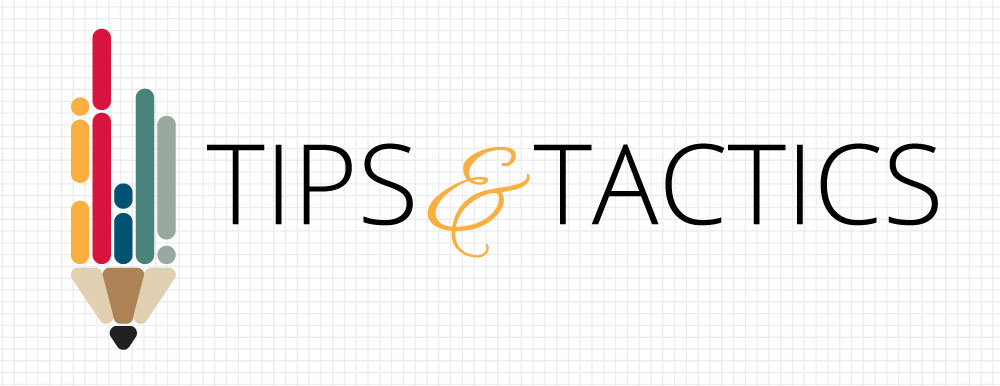Many DWAA members design their own promotional materials. In 2005, Robert W. Bly published “The Content Marketing Handbook” to help writers increase the appeal of their work. This article summarizes the 10 most common graphic mistakes and how to avoid them.
Long before readers go through your work, they will judge the value of your content by its appearance.
Readers that print articles and other written material often use inkjet printers. The overuse of color, such as solid color backgrounds, is a costly disservice to readers. Bright colors can create distractions that make text hard to read, and text set in color can be harder to read than black text on a plain white background.
Readers depend on page numbers to track their progress through a publication. They also rely on page numbers to refer back to previously read information. Include page numbers in your work.
Text that extends in an unbroken line across the page, from the left margin to the right margin is hard to read. Leave white space along the edges of a page to provide a resting spot for readers’ eyes and emphasize the text.
4. Inappropriate typeface
There are three basic groups of fonts: decorative, serif, and sans serif.
- Decorative fonts, such as Constantia or Broadway, are heavily stylized and great for attracting attention or projecting an or image. Use decorative typefaces sparingly, restricting them to logos and packaging, where the image is more important than the readability.
- Serif fonts, such as Times New Roman and Garamond, are ideal for extended reading. Serifs, or finishing strokes at the edges of each character, help define the unique shape of each letter and help a reader’s eyes move from one letter to another.
- Sans serif fonts, including Arial and Verdana, are very legible. They feature a clean, simple design, helping readers recognize words from a long distance. Sans serif typefaces appear in headlines and subheadings combined with serif body text.
When the size of a font is too large, such as 14 points, readers can’t comfortably skim the text. Conversely, when the size is too small, such as 8 or 9 points, it diminishes the detail that readers use to identify each character. Small font sizes also require excessive left-to-right eye movements, which causes eye strain over time. The most popular and readable font size is 12 points.
6. Difficult-to-read headlines
Headlines should form a strong contrast with the text they introduce. Readers shouldn’t have any trouble locating or reading them. Headlines in all capital letters are harder to read than headlines that combine uppercase and lowercase type.
7. Failure to chunk content
When text is broken into manageable, bite-size pieces, or chunked, it is easier to read. The best way to chunk content is to insert frequent subheads throughout the text. Subheads help skimmers become readers by “advertising” the text that follows. Subheads offer an entry point into the text. They also reduce the visual boredom created by page after page of the same body text.
8. Poor subhead formatting
Effective subheads offer a strong visual contrast to body text. It’s simply not enough to italicize them. They should be noticeably larger and/or bolder than adjacent body text, limited to a few words in a single line. Never underline subheads; underlining decreases readability.
9. Distracting headers, footers, and borders
Headers and footers are the top and bottom sections of each page. They can include things like page numbers, copyright information, or the publisher’s address, and should be smaller and less noticeable than the body text. For example, large logos repeated on each page can be distracting.
Pages can be “boxed,” or bordered, with lines of equal thickness at the top and bottom sides. Boxed pages project a conservative, old-fashioned look. A more contemporary look can be created using “rules,” or lines of different thickness at the top and bottom of each page.
Widows and orphans occur when a word, a portion of a word, or a partial line of text is not able to fit at the bottom of a page or column (an orphan) or at the top of the next page or column (a widow). The worst case is when a subhead appears by itself at the bottom of a page, isolated from the paragraph it introduces at the top of the next page. If possible, use a software that allows you to automatically “lock” subheads to the text they introduce, reducing the possibility that widows or orphans will be created.
This article first appeared in Ruff Drafts, Summer 2020.

